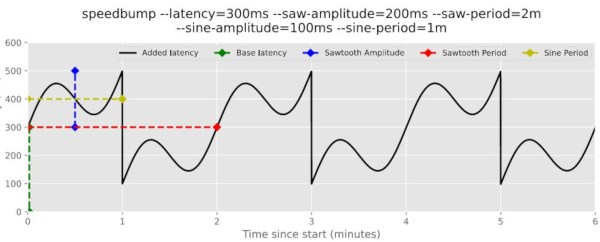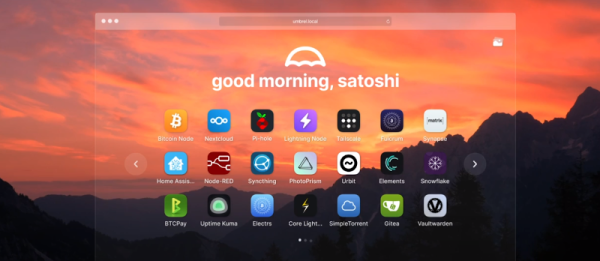It’s one of the great tragedies of our technological era. Smartphones that feature an incredible amount of computational power compared to computers the past, are largely locked down by carriers or manufacturers, dooming them to performing trivial tasks far below their true capabilities.
But there is hope. In part one of this build, a OnePlus 6T is stripped of its Android operating system in favor of postmarketOS, a Linux distribution based on Alpine designed for a number of Android phones and tablets as well as some Linux-only handhelds. The guide also demonstrates how to remove the battery and use a modified USB-C cable to essentially trick the battery management system into powering up the phone anyway. The second part of the project dives into the software side, getting the Linux system up and running before installing Docker and whichever Docker containers the user needs.
There are a few downsides to running a server from a smartphone. Although there’s plenty of processing power available for a wide range of applications, most phones won’t have Ethernet support out-of-the-box which forces the use of WiFi. There’s also limited storage options available, so a large NAS system may be out of reach. But for something like a home automation system or a music streaming server this could put plenty of older devices to work again. And if you don’t want to hunt for an Android phone that isn’t completely hobbled out-of-the box you might want to try a phone that’s Linux-based from the get-go instead.
Thanks to [JohnU] for the tip!


















